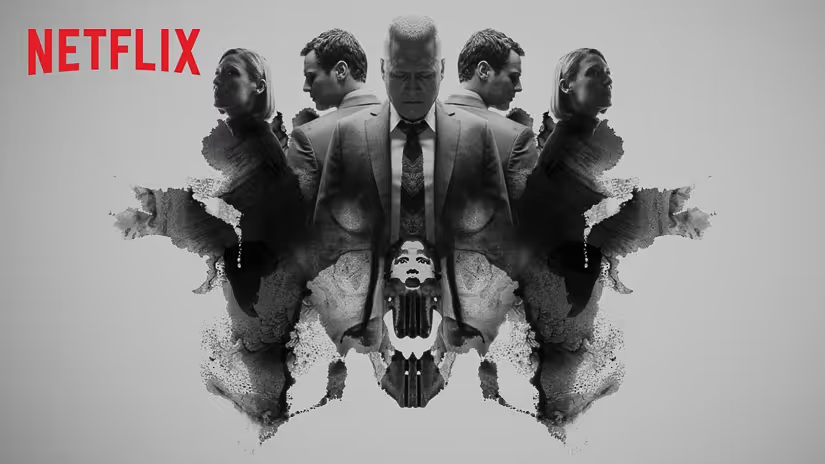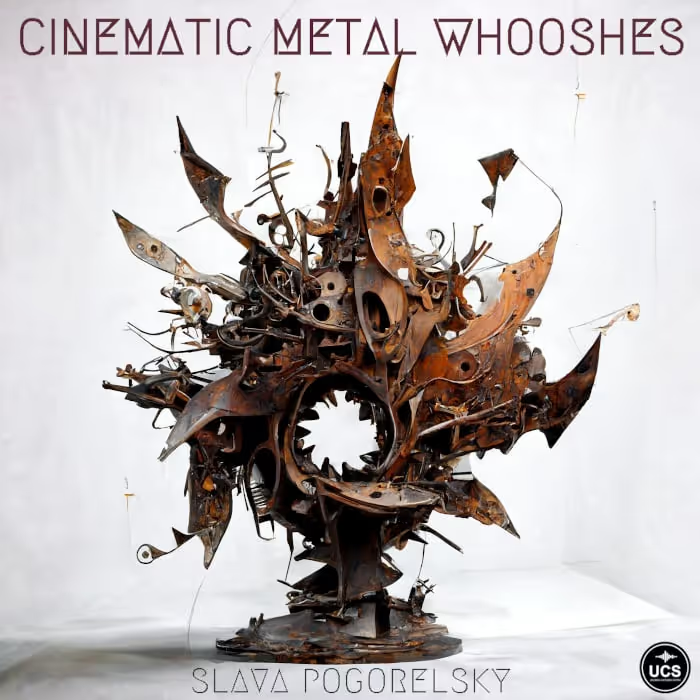Having spent so much time as a Foley editor in his early career, award-winning supervising sound editor Jeremy Molod, at Skywalker Sound, appreciates the value of that performance art, as does his long-time collaborator director David Fincher. So much so, that Fincher even requests samples of potential footstep sounds for his characters before the Foley is shot. With all the details that a director has to attend to, it’s rare that one allocates so much attention to sound — even down to the Foley footsteps.
In Season 2, Ep. 2 of Netflix’s Mindhunter series — which is up for Emmy consideration for sound editing and mixing — Fincher and Molod used Foley and sound design to communicate the nervousness and discomfort of BTK-survivor Kevin Bright (Andrew Yackel) as he recounts details of the attack to detectives Tench (Holt McCallany) and Drowatzky (Jeb Kreager). Kevin is in the backseat of Drowatzky’s truck, and because of the camera angle and depth-of-field, he’s not clearly seen by the audience. His movements are implied through Foley, and those increasingly agitated movements reflect Kevin’s emotional state.
Here, Molod discusses the sound team’s work on Mindhunter, focusing on several key scenes in Season 2, Ep. 2, and their use of Foley and loop group as a storytelling tool that adds unique detail to the soundtrack.
MINDHUNTER | Season 2 | Official Trailer
How has your experience of working on Mindhunter Season 1 impacted your approach to Season 2? Any lessons learned on that first season that sparked ideas for this new season?
Jeremy Molod (JM): Once we got through the first season, our crew had a rhythm down. That made things a lot easier for Season 2 just in terms of our workflow and how we do it.
We didn’t take a new approach to the second season. We treated Season 1 and Season 2 as one long, huge movie. We continued exactly what we were doing before. David [Fincher] would give us his spotting notes and we’d work on it and then he would give us notes on what he liked and didn’t like. We just proceeded that way.
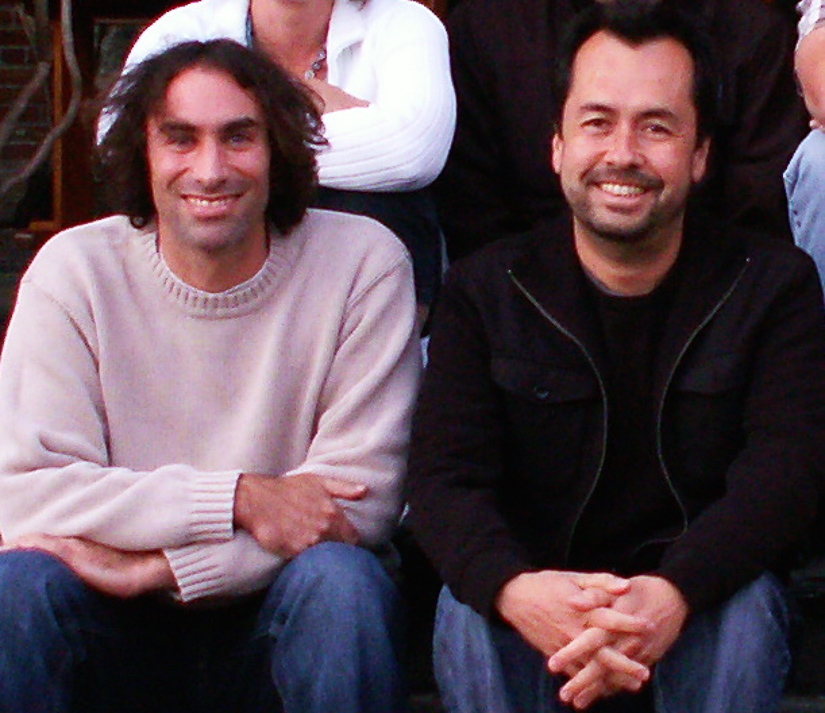
Since you’ve worked with David Fincher before, did he just give you general notes and let you do your thing?
JM: No. He’s very hands-on, more so than any other director I’ve worked with. He cares about every little aspect. Before we start working on it, he’ll tell us what he has in mind sound-wise, but every single day he is chiming in with more information, more detailed notes, and more ideas of things he’d like us to try. It’s a back-and-forth all the time. I send things to David almost every day for him to listen to and make notes on. It’s a very collaborative effort.

Often directors are so busy handling everything else that they don’t have time for sound collaboration. It’s good to hear he’s very involved in that…
JM: Absolutely. It’s a rare thing for a director to be this involved in sound, but that’s one of the reasons his movies are so good. He cares about every little aspect of it.
For much of your sound career, you worked with Foley. Being so in tune with what Foley can bring to the soundtrack, how has that carried forward into your role as a supervising sound editor?
JM: David is extremely into Foley. As a matter of fact, before we start recording he wants us to send him different variations of the characters’ footsteps, to hone in on the character he wants for those sounds.
He also really wants to use Foley to help describe the characteristics of each character and the characteristics of each setting. When we are in a place that is supposed to be an old police station from the 1970s, he likes to hear creaky chairs and creaky floors and the sound of cigars being lit and puffed. Those are all Foley sounds.
He definitely is a big fan of Foley and has a lot of direction for the Foley. And me — as a Foley editor in my past and I worked on Foley for this show as well — I understand where David’s head is going and I try to accommodate the Foley to be what he wants it to be.
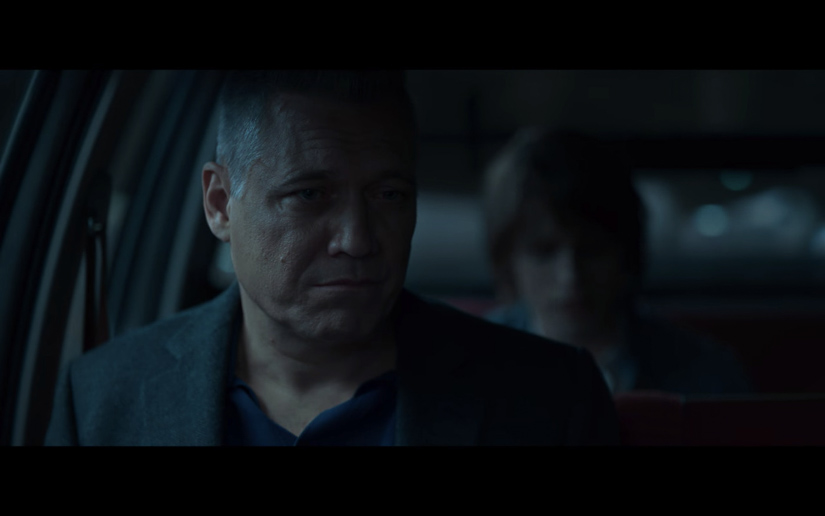
In Season 2, Episode 2, which you’re submitting for Emmy consideration, there was a scene where the Foley was so amazing. Kevin is in the back of the pickup truck being questioned by two detectives. The whole time you can feel Kevin’s nervousness because you hear him constantly moving, bouncing his leg, re-positioning his body, rubbing his hands, and fiddling with change in his pocket. The more agitated he feels, the more frantic his movement becomes. It’s a brilliant use of Foley!
JM: That scene was hugely important. In fact, that was the very first scene that we mixed on the season. Even though it was out of order, we started with that one because it was really important to David.
And, it was important to David that we described Kevin’s nervousness through Foley because the image was blurry and Kevin was sitting in the back. The camera was mostly focused on the two detectives in the front.
It was important to David that we described Kevin’s nervousness through Foley because the image was blurry and Kevin was sitting in the back.
David really wanted to convey Kevin’s unease and nervousness through Foley. So we did a bunch of rounds in Foley for that scene. We did one pass and presented it to David. And he had more notes, so we did more Foley.
We have Kevin’s foot tapping nervously and as the scene goes on it gets more and more aggressive. David wanted to hear Kevin slapping the chair, slapping his wrists, slapping his hand on his pants, and he wanted to paint a picture of this kid who was really scared and nervous, and sound was the way to show his feelings (other than his dialogue). Foley really helped with that.
There’s so much definition in the Foley; we can hear all the details and differences in Kevin’s movement…
JM: It all comes down to detail. That’s the big thing with Foley: you want to get as detailed as you can get because that’s your opportunity. You’re custom recording a sound; it’s not pulled from library. So the movement is unique for that scene. The detail is really important because it describes the character.

There was a great scene for loop group as well. There was a prison scene where the detectives were interviewing the ‘Son of Sam.’ Visually, it’s just this little room with three people sitting there talking. There’s not much going on. But you built this wonderfully rich background, with inmates and guards yelling, announcements and buzzers, dogs barking… it made this scene feel so alive like they’re in a prison packed with people. Anything you’d like to discuss in terms of your loop group?
JM: This was also requested by David. Throughout the season, the detectives visit many jails and prisons and David wanted each one to sound different, to have its own characteristic.
We worked with Loop Squad, a fantastic loop group team, and they performed a bunch of prisoner walla, screaming walla, yelling out particular words and phrases, prison guard walla, and prison guard conversation. Each prison was a little different so we had different performances depending on which prison you are in. David wanted some of the prisons to sound more active and some to be not as active; he wanted some prisoners to be angrier and more agitated than others.
Throughout the season, the detectives visit many jails and prisons and David wanted each one to sound different, to have its own characteristic.
Strategically we would place little bursts of words throughout the dialogue when we felt there was a good moment to do that. As a result, it helped to paint a picture of each prison they were in and what was going on outside of the room where the interview was being conducted.
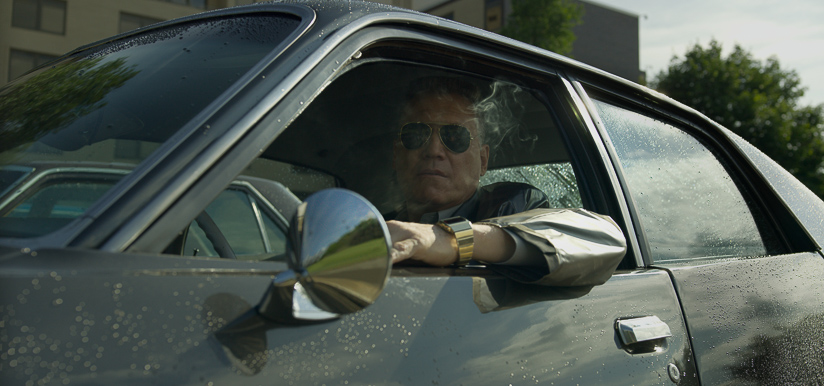
Another thing you do so well in this series is to use sound to help build tension. There was a quiet scene in Ep. 2 when Det. Tench (Holt McCallany) comes home and he’s standing in the kitchen. You hear the back door squeak open and it sets every hair on edge…
JM: Silence is another aspect of sound. The scene wasn’t completely silent but it was quiet and you hear every little nuance. You can feel the tension and when you hear the little door squeak it just sets you on edge. You’re creeped out because you don’t know what’s going on or what’s going to happen.
Another scene where we used sound to build tension was back in that truck scene with Kevin. We had a distant train that was coming closer and closer, subtly building tension for that scene as well. The train sound crescendos towards the end and that growing sound helped to build up the tension.
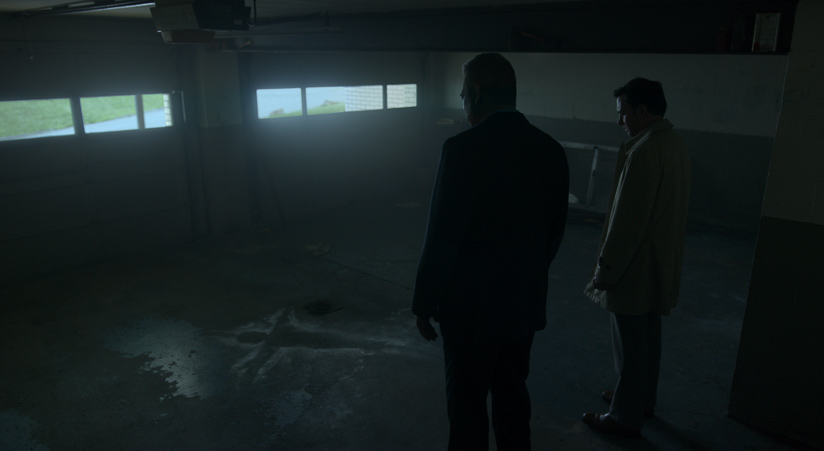
In this Soundworks Collection interview with Steve Bissinger (Sound Effects Editor), Scott Lewis (Re-Recording Mixer), and Stephen Urata (Re-Recording Mixer), the team discuss setting the acoustic tone of the series, including the oppression of the FBI agents’ basement office (and a very special door), why it was important to Fincher to always hear trainee agents at Quantico at target practice, and the joy of receiving Fincher’s incredibly detailed mix notes:
In terms of sound editorial, what was your favorite scene to put together? What went into the build?
JM: It would have to be that scene with Kevin in the truck. It was fun trying to create that character through Foley sounds. For me, that was really pleasurable. We took one stab at it and it didn’t work out so well. We took another turn at it, and the more we honed-in on it, the more it became a real thing and what David wanted. I’m really proud of that.
[tweet_box]Making the Sound of Netflix’s ‘Mindhunter'[/tweet_box]
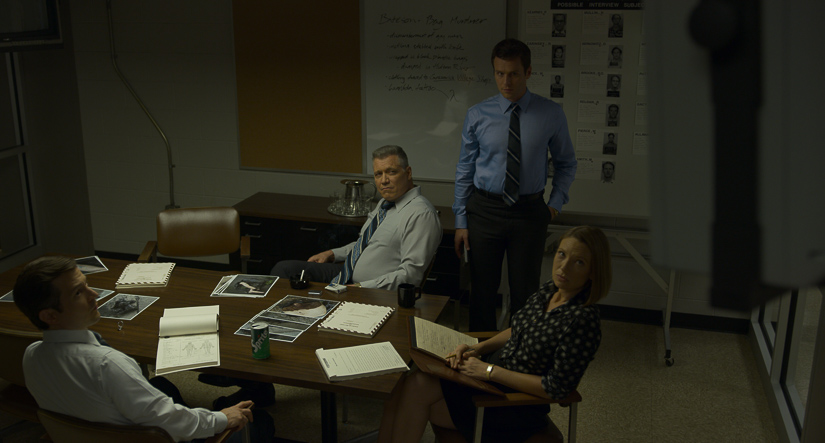
With television post schedules, there often isn’t as much time to do the work as there would be for a feature film. Was there time to capture a lot of custom recordings, or were you always battling the clock?
JM: We were always battling the clock, without a doubt. We were always scrambling because it is a very short schedule and we’re trying to provide the same quality that we give David for his movies. So, there definitely was not the luxury of time.
As for capturing recordings of what we needed, we just had to squeeze that in when we could.
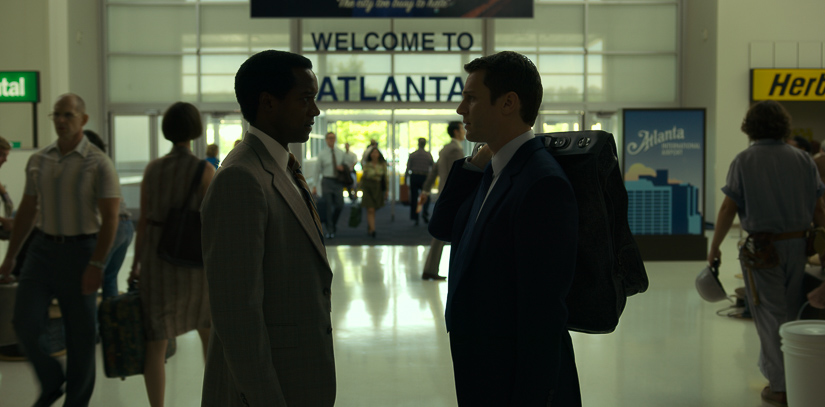
Of all the episodes in Season 2, why did you choose Ep. 2 for Emmy consideration?
JM: We were proud of a few scenes in there, like that Kevin truck scene, and the ‘Son of Sam’ interview. We also felt that, overall, Ep. 2 was a strong episode content-wise. We had more fun mixing Ep. 2 than the other ones this season.
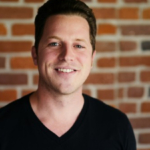
We mixed the show in 5.1 at Skywalker Sound, with re-recording mixers Scott Lewis and Stephen Urata. We also recorded all the Foley on the show at the Ranch, with Foley artists John Roesch and Shelley Roden and mixer Scott Curtis. They were fantastic, and we’re working on David’s new movie Mank together too. The ADR was recorded at Doc Kane’s stage at Disney.
A big thanks to Jeremy Molod for giving us a behind-the-scenes look at the sound of Mindhunter and to Jennifer Walden for the interview!

